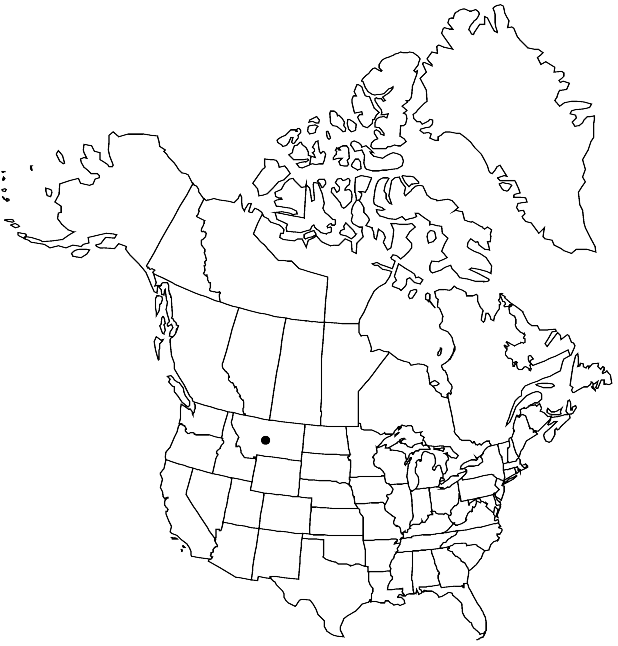Difference between revisions of "Physaria klausii"
Novon 12: 325. 2002.
FNA>Volume Importer |
FNA>Volume Importer |
||
| Line 8: | Line 8: | ||
}} | }} | ||
|common_names=Rogers Pass or Klaus’s or Divide bladderpod | |common_names=Rogers Pass or Klaus’s or Divide bladderpod | ||
| − | |basionyms={{Treatment/ID/ | + | |basionyms={{Treatment/ID/Basionym |
|name=Lesquerella klausii | |name=Lesquerella klausii | ||
|authority=Rollins | |authority=Rollins | ||
| + | |publication_title=Contr. Gray Herb. | ||
| + | |publication_place=214: 10. 1984 | ||
}} | }} | ||
|synonyms= | |synonyms= | ||
| Line 51: | Line 53: | ||
|publication year=2002 | |publication year=2002 | ||
|special status= | |special status= | ||
| − | |source xml=https://jpend@bitbucket.org/aafc-mbb/fna-data-curation.git/src/ | + | |source xml=https://jpend@bitbucket.org/aafc-mbb/fna-data-curation.git/src/f6b125a955440c0872999024f038d74684f65921/coarse_grained_fna_xml/V7/V7_1085.xml |
|tribe=Brassicaceae tribe Physarieae | |tribe=Brassicaceae tribe Physarieae | ||
|genus=Physaria | |genus=Physaria | ||
Revision as of 20:20, 24 September 2019
Perennials; caudex simple; densely pubescent, trichomes (loosely spreading), 3–5-rayed, rays distinct, furcate (with exceptionally long branches). Stems simple from base, erect to decumbent, (slender), 0.6–1.5 dm. Basal leaves: blades obovate to deltate, 1.5–3(–4) cm, margins entire or outer one with 1 or 2 broad teeth. Cauline leaves: blade oblanceolate to spatulate, 0.6–1.5 cm, margins entire. Racemes loose. Fruiting pedicels (sigmoid), 5–9 mm. Flowers: sepals (green-yellow, often tinged with purple), elliptic, 3–4.6 mm; petals oblanceolate, 6–8 mm (claw expanded). Fruits (depressed), broadly obovate, compressed (angustiseptate), 2–4 mm, (apex slightly bilobed to nearly truncate); valves densely pubescent, trichomes strongly ascending, spreading, long, (appearing fuzzy), pubescent inside; ovules 4 per ovary; style 3–4 mm, (pubescent or glabrous). Seeds flattened.
Phenology: Flowering Jul.
Habitat: Open gravel slides, solifluction cross-stripes of shale rubble, barren shale-derived soil
Elevation: 1200-1900 m
Discussion
Of conservation concern.
Selected References
None.
